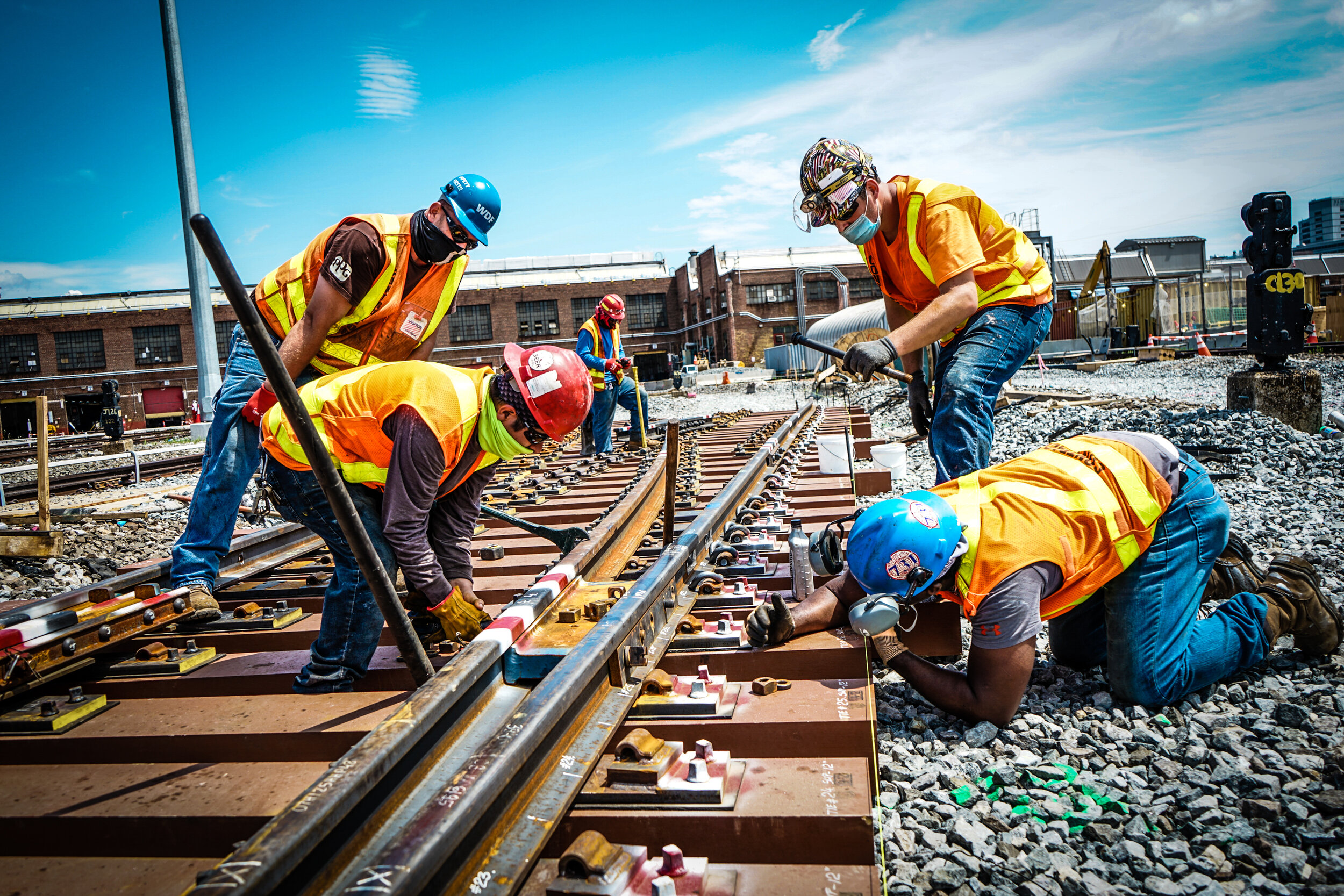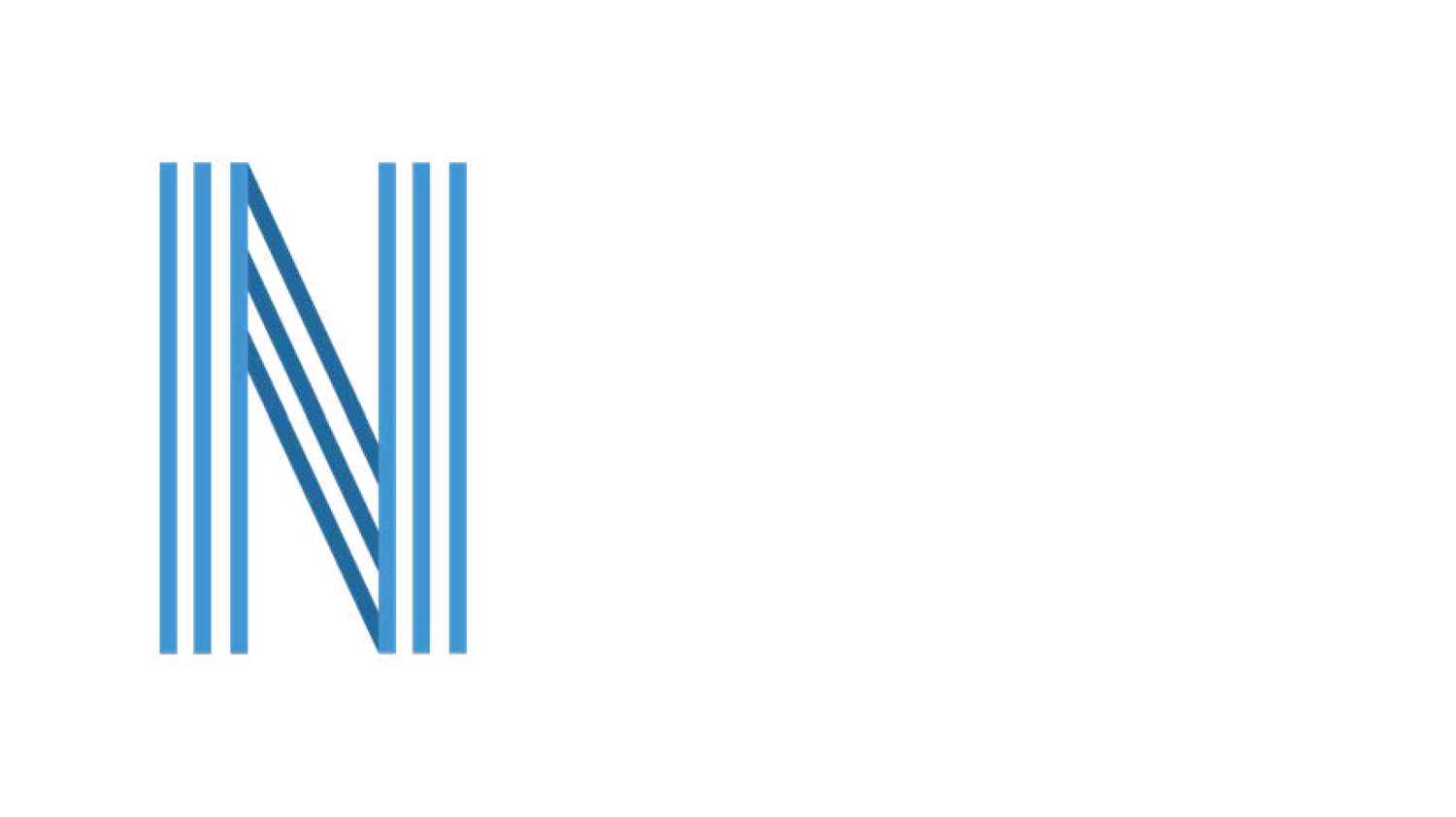
Housing Affordability
North Atlantic Rail will increase access to affordable housing and help people stay in their homes by expanding the number of jobs within commuting distance.
The urban economies of New York City and Boston have added many high-paying jobs but have severe housing shortages. High-income workers bid up the price of housing to the point that working-class people have trouble making rent and are displaced to far-out areas with poor access to jobs, and many end up leaving the Northeast entirely.
High-Speed Rail: A Key Part Of The Solution To Our Housing Crisis
Fast Trains Expand Housing Markets
People who work in Manhattan or near Downtown Boston could live in an intermediate city like New Haven or Hartford and commute. This has many different benefits:
It enables two-income couples to live in a city in the middle and then work one in New York, one in Boston.
It encourages more transit-oriented development near the train stations at intermediate cities, where today there is less development because trip times to New York and Boston jobs are too long; new development helps alleviate the regional housing shortage.
It makes it possible for people living in lower-rent intermediate cities to travel to New York and Boston to socialize, which means they can also move without being socially isolated.
The two oldest high-speed rail networks in the world, Japan's Shinkansen and France's TGV, both make use of high-speed commuting as one component of improving housing affordability in their capitals, alongside substantial housing construction within the capitals and their suburbs.
Economic Development & Housing
Fast Trains Boost Local Economies
High-speed rail is one component of a broader plan to recenter development in secondary city centers like those of New Haven, Hartford, and Providence.
Today, their centers are weak: Providence's tallest building, the Superman Building, is empty, because jobs have sprawled into office parks; in New Haven, most low-income residents work outside the city. These office parks, moreover, are generally in high-cost suburbs. The local bus networks can efficiently connect many neighborhoods and inner suburbs with city center, but to travel from a low-rent neighborhood to an office park by bus is rarely convenient. People are faced with a choice between a long commute and living in an expensive area, and need to spend extra money on a car. North Atlantic Rail solves this problem by creating accessible, high-speed transit connections between secondary cities and important centers of economic activity throughout the region.




